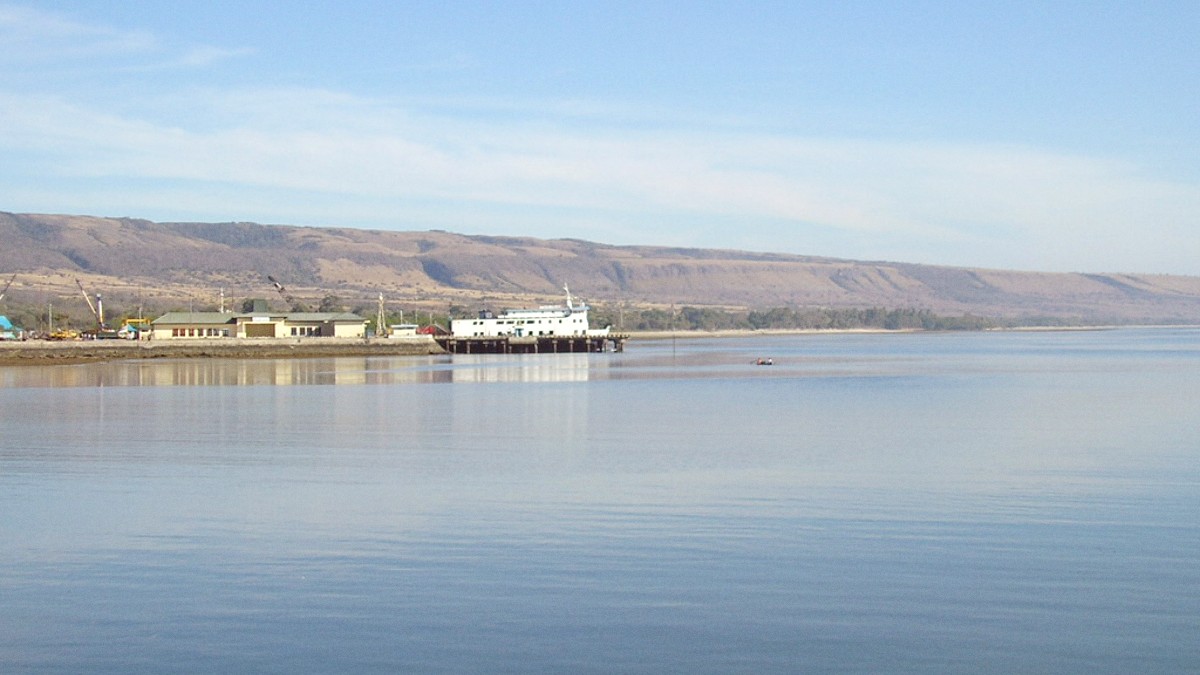
Nusa Tenggara, Indonesia
Apps for navigation, communication, and language assistance.
Websites for planning, booking, and information gathering.
Cultivate cultural insight through various media.
Download offline maps and language packs before arriving in Sumba, where internet connectivity may be limited.
Tangible materials for planning, especially where digital access is constrained.
General guides (Lonely Planet, Rough Guides) may present a small Sumba section. Find Indonesia travel guidebooks on Amazon.
High-quality Sumba print maps are not easily found. Rely on offline digital maps.
Consider printing routes or village layouts for a paper backup.
Southeast Asia guides might offer some Sumba content.
Use digital maps mainly for on-the-ground navigation.
For insight into Sumba's ikat weaving, explore books such as "Textiles of the Indonesian Archipelago" by Garrett and Solomon.
Niche or academic books on Sumbanese history, Marapu religion, or anthropology may be found via university presses.
Searching for works by Sumba researchers offers profound insights.
Limited availability; some larger hotels may possess basic brochures.
Do not rely on finding extensive local publications in main towns.
General Emergency: 112. Police: 110. Ambulance: 118. Fire Department: 113. Search and Rescue (BASARNAS): 115.
Basic hospitals exist in Waingapu and Waikabubak. Smaller clinics (Puskesmas) serve villages. Serious emergencies may necessitate evacuation to Bali or Kupang.
Locate your embassy in Jakarta. Register travel plans if your country offers. For lost documents, report to police (110), then contact your embassy.